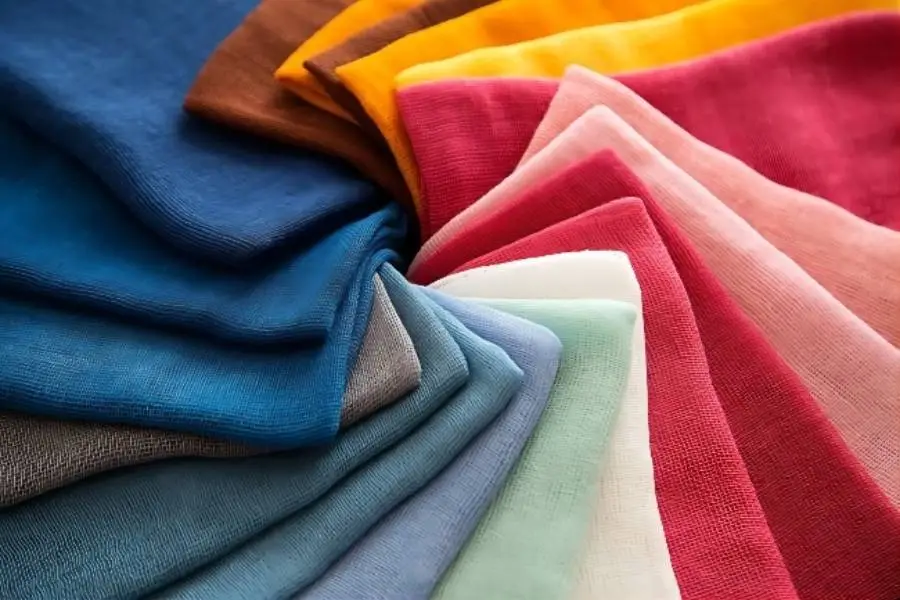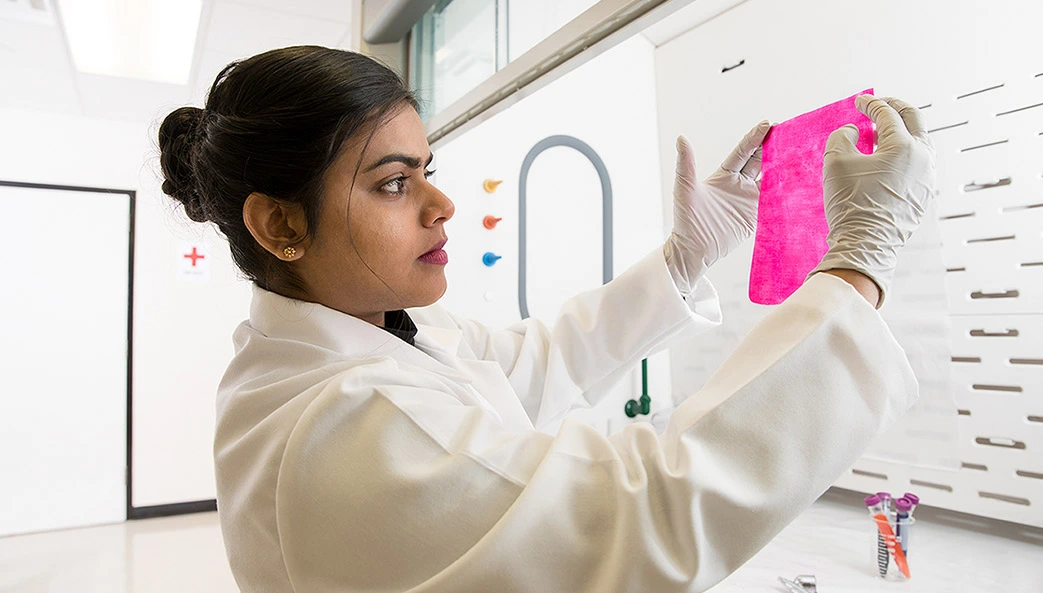Influence of conventional finishing on fabric color Post-finishing is the last process of the…
How to improve the color fastness of the fabric
The color fastness of the fabric refers to the color fastness, which is the dyeing or printing of the fabric in the use or processing process, exposed to external factors, squeeze, friction, washing, rain, exposure, light, sea water immersion, saliva impregnation, water stains, sweat stains under the degree of fade, which is an important indicator of the fabric.
Color fastness, textile processing or use in the process is not easy to fade, poor color fastness, there will be fade, discoloration, or staining, etc., causing a lot of trouble. It can improve the color fastness of light measures. The rational use of dyes, in improving the light fastness, the choice of dye is the key.
All the dye in the printing and dyeing will be left in the fiber floating dye, the more the amount of dye, floating dye is bound to the more fiber for each dye adsorption has a limit. That is, the dye saturation £¦#118alue, the general amount of dye cannot exceed the saturation £¦#118alue of about 10%, when the amount of dye is much higher than the saturation £¦#118alue. Excessive dyes cannot be stained and can only be deposited on the fabric surface to affect the firmness of the fabric’s color fastness.
Badly dye, easy to fall off the fiber, soaping fastness is poor, washed after washing is not clean, floating color residue, will lead to decreased soaping fastness, soap liquid temperature, pH and stirring Have a great impact on soaping fastness. But if the dye concentration is high, the combination of dye and fiber is supersaturated, and the dye by external force is easy to fall off, which also affects soaping fastness.
Selection of high light fastness of the three primary colors, blue chromatography to use anthraquinonoid type, Phthalocyanine and other light color fastness of the dye better, poor light fastness will affect the whole color of light fastness. The relatively small amount of dye in the mixed color component can select the dye with high fastness to light, thus ensuring the overall color fastness of the fabric.
Full soaping, washing, minimizing the amount of hydrolyzed dyes and floating color to improve the fabric’s fastness to light, the choice of fixing agent. At present, there are three kinds of fixing agent, cationic, non-surface active quaternary ammonium type, and reactive type, which cationic fixing agent and dye in the fiber to generate lakes, although the washing fastness is good, but often will reduce the dye the original light fastness, light-colored fabrics should be used with little or not use at all.
Soap blowing fastness of the factors that affect the color fastness of dyeing products, many factors, but mainly depends on the chemical structure of the dye, the physical state of the dye on the fiber, the degree of dye dispersion, the combination with the fiber, dye concentration, dyeing methods and process conditions on the color fastness also has a great impact. The nature of the fiber and the color fastness is also a great affect, and the same dyes tend to have different fastness on different fibers.
This Post Has One Comment
Leave a Reply
You must be logged in to post a comment.




In the grand scheme of things you’ll receive an A+ just for effort and hard work. Exactly where you actually lost me ended up being on your details. You know, as the maxim goes, the devil is in the details… And that couldn’t be much more correct at this point. Having said that, let me say to you exactly what did deliver the results. The text is actually rather persuasive and this is most likely the reason why I am making an effort to comment. I do not make it a regular habit of doing that. 2nd, despite the fact that I can easily see the jumps in logic you come up with, I am not really convinced of how you appear to connect your points that help to make the conclusion. For the moment I will, no doubt subscribe to your point but hope in the near future you actually link the facts much better.